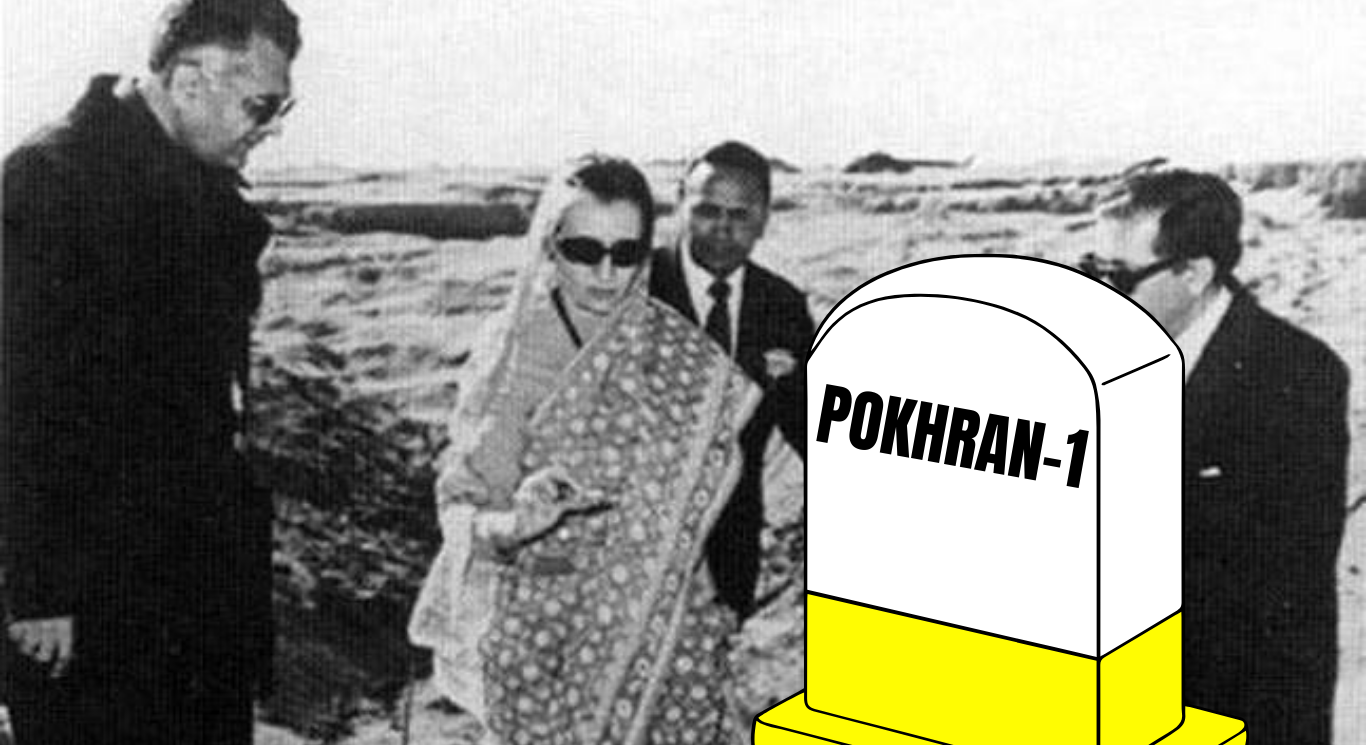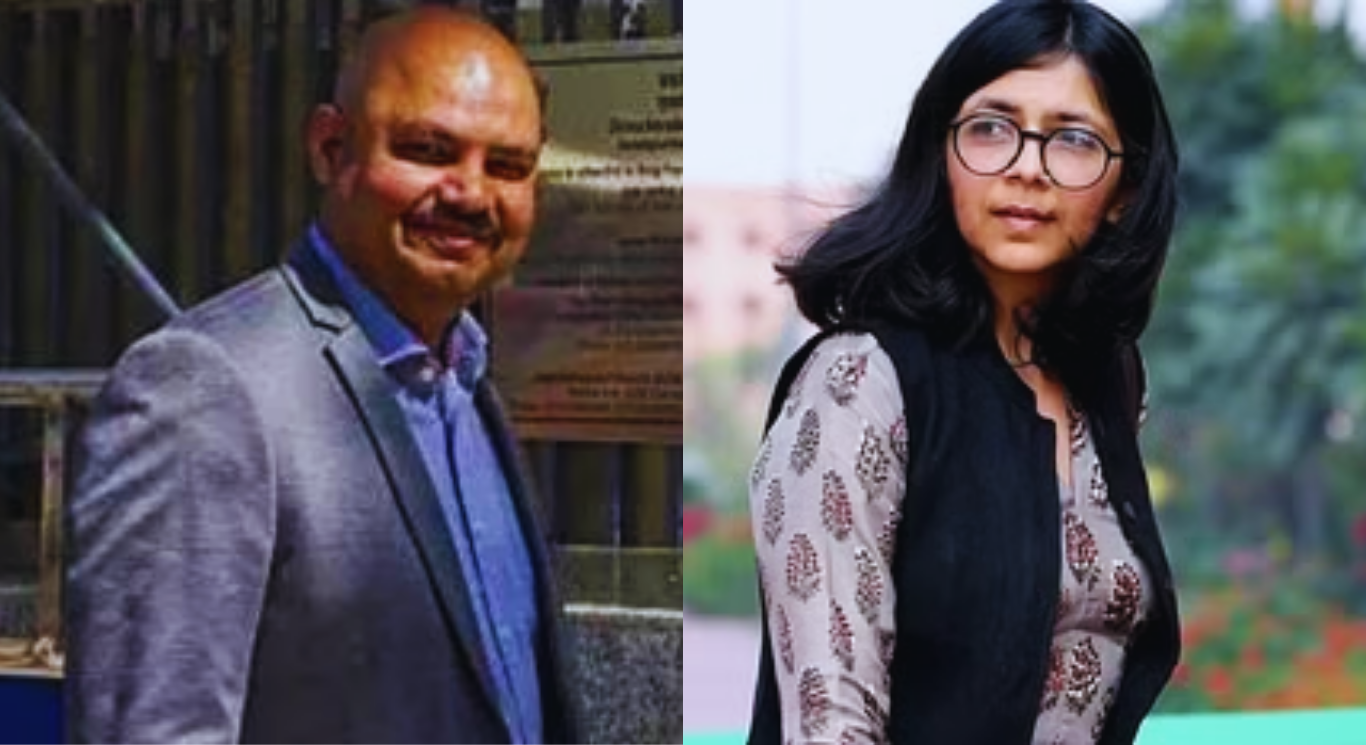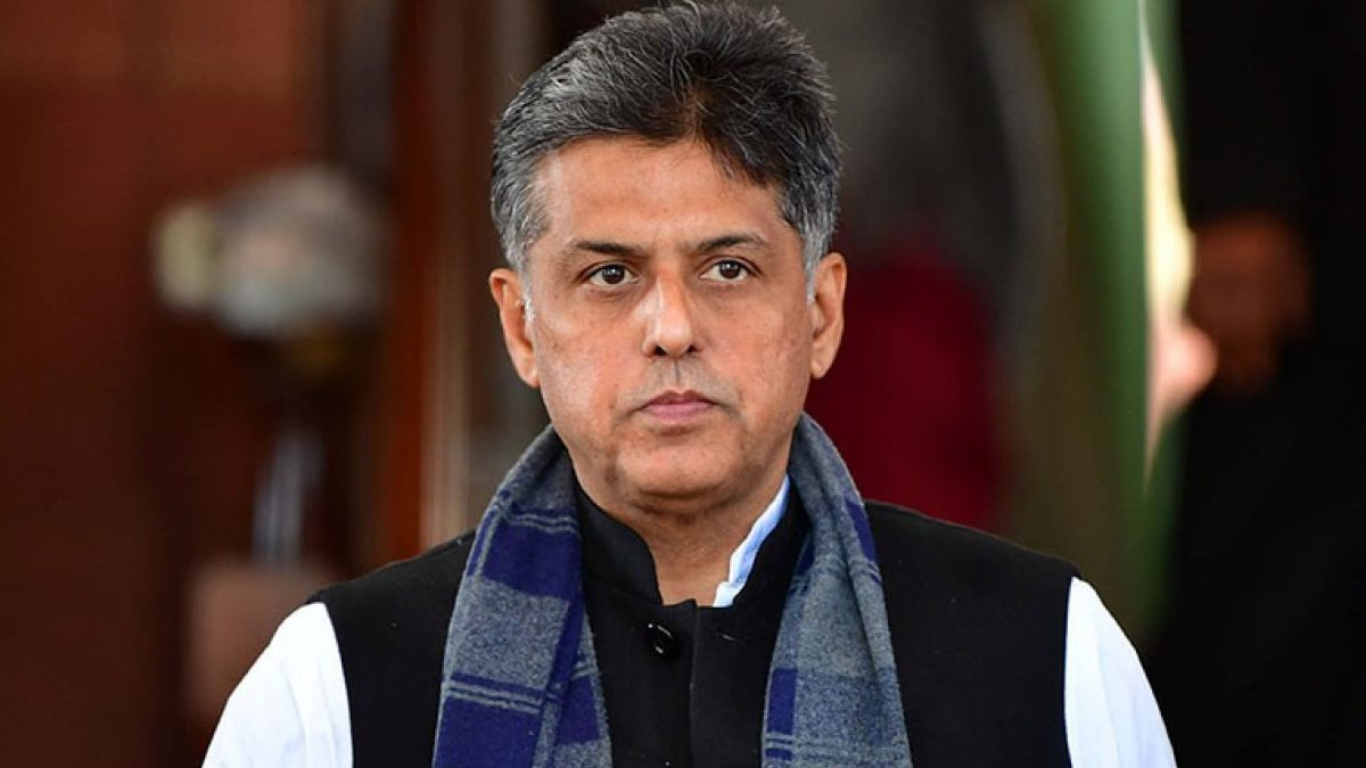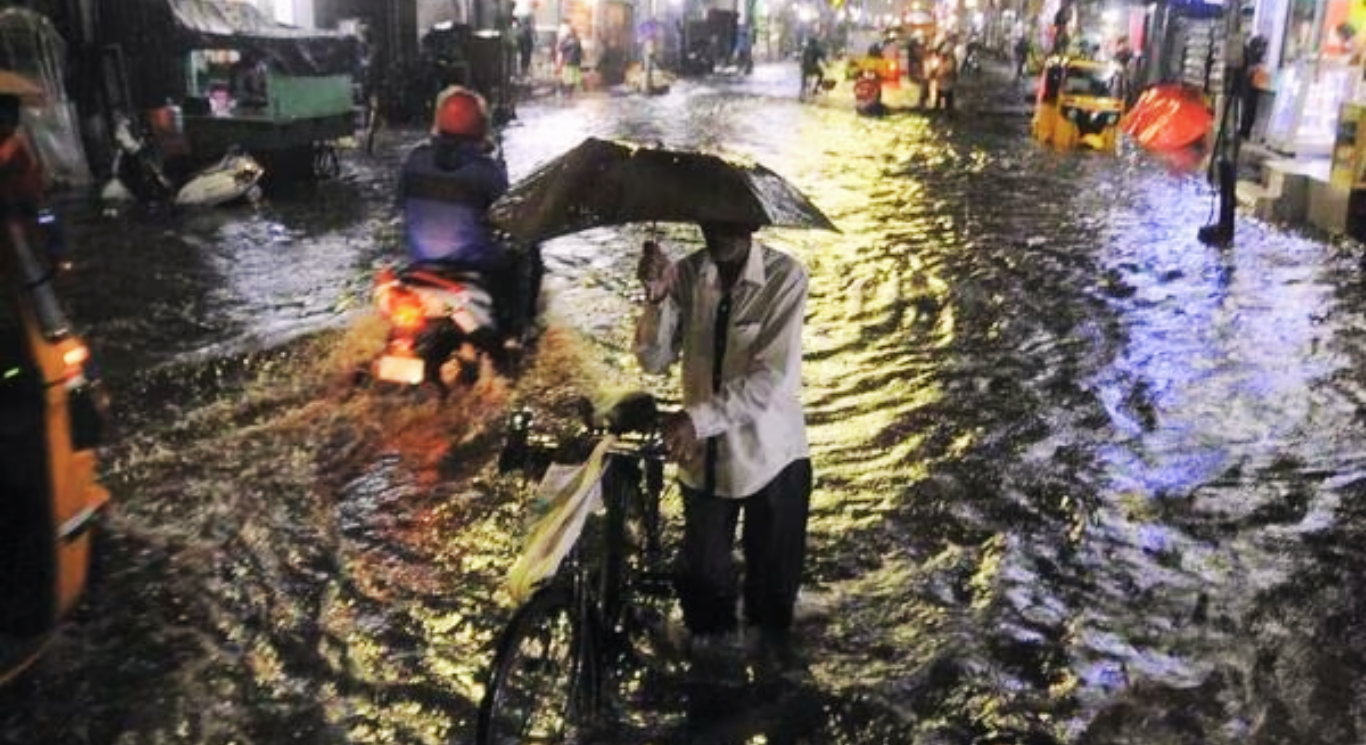










A day after the Archaeological Survey of India (ASI) report on the Gyanvapi mosque complex revealed there “existed a large Hindu temple prior to the construction of the existing structure,” security measures outside the mosque have been stepped up. In light of the Archeological Survey of India’s survey report, which verified the existence of Hindu temples, today’s Jumma (Friday prayers) at the contested Gyanvapi mosque is particularly significant. As a result, strict security protocols were implemented to avert any undesirable events.
The media was intentionally kept at a distance from Gyanvapi, ensuring that the situation remained calm for the peaceful execution of the Friday prayer. The authorities were keen on avoiding any misinformation or unnecessary panic.
Nonetheless, a deliberate attempt was made to handle any possible confrontations in the region. Notably, an earlier structure appears to have been destroyed in the 17th century, and “part of it was modified and reused,” according to the Archaeological Survey of India (ASI) report on the Gyanvapi mosque complex. It also states that, based on scientific studies, it can be said that there “existed a large Hindu temple prior to the construction of the existing structure.”
“The Arabic-Persian inscription found inside a room mentions that the mosque was built in the 20th regnal year of Aurangzeb (1676-77 CE). Hence, the pre-existing structure appears to have been destroyed in the 17th century, during the reign of Aurangzeb, and part of it was modified and reused in the existing structure. Based on scientific studies/ survey carried out, study of architectural remains, exposed features and artefacts, inscriptions, art and sculptures, it can be said that there existed a Hindu temple prior to the construction of the existing structure,” the ASI said in its report.
“Based on the scientific studies and observations on central chamber and main entrance of the pre-existing structure in existing structure, western chamber and western wall, reuse of pillars and pilasters of pre-existing structure in the existing structure, inscriptions on the existing structure, Arabic and Persian inscription on the loose stone, sculptural remains in cellars, etc.,it can be said that there existed a large Hindu temple, prior to the construction of the existing structure,” the report further said.









